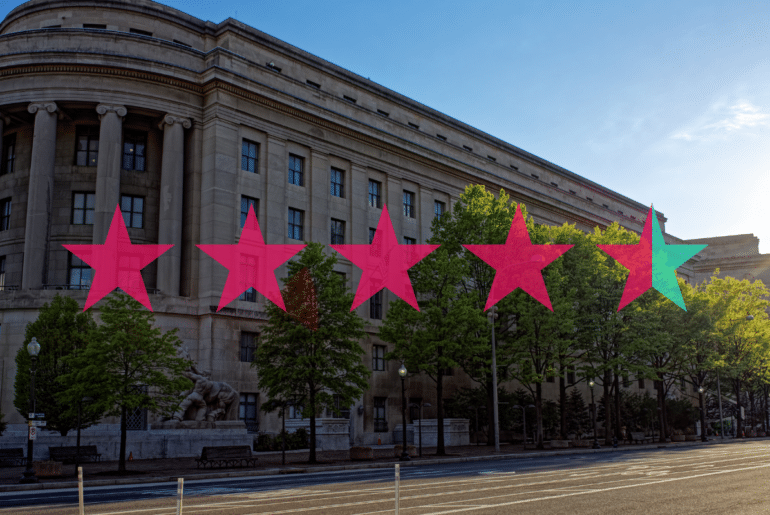We all know the importance of search engine optimization (SEO). According to Moz, an industry-leading SEO software company, the majority of web traffic is driven by the major commercial search engines, Google, Bing, and Yahoo!. And those search engines are looking at three major things when it comes to ranking your website: authority, trust, and relevance.
We’ll admit–as SEO continues evolving, keeping up with the trends is exhausting. And if you’re a marketer, you’ve probably turned to all those SEO predictions to see how you can rank higher in search and gain more visibility for your brand. One key tactic: brand-owned communities.
So what’s so special about brand-owned communities when it comes to SEO? The answer is authentic and quality user-generated content.
Building a community of people who love your brand allows you to easily activate consumers to produce fresh and unique user-generated content, leading to an ongoing portal of content–93 percent of consumers find user-generated content to be helpful when making purchasing decisions.
Here’s how a brand-owned community and user-generated content can impact your SEO.
1. User-Generated Content and Brand Discovery
We know user-generated content is an integral piece in the purchase process, but it’s important to also think about how UGC leads to new eyes on your brand. In fact, 25 percent of search results for the world’s 20 largest brands are links to user-generated content.
This is exciting news for marketers. Not only does content your advocates create have a high probability of showing up in search engines, but it also ensures the first thing consumers see is content they will trust.
But in today’s world, people aren’t only searching on engines anymore. People search and find on social platforms as well. Neil Patel, co-founder of Crazy Egg, Hello Bar, and KISSmetrics, says “social is the new SEO because social networks themselves function as powerful and widely-used search engines in their own right.”
So when someone searches a relevant keyword for your brand in any social network search bar, you want to make sure your brand shows up. The first step here is through social advocacy and content marketing–both key benefits of a brand-owned community.
Prompting your influential advocates to share on social media allows you to tailor messaging and spark content with keywords most relevant to your brand. User-generated content will show up in search more frequently for keywords you want the brand to represent.
2. User-Generated Content and Brand Reputation
Now that you’ve got eyes on your content, you want to make sure your brand reputation is accurately represented. Because the fact is, people rely on reviews. A lot.
Google found that 55 percent of millennials ignore brands that have poor reviews. A Nielsen study revealed that 66% of global respondents say they trust consumer opinions posted online—the third-most trusted form of advertising (after recommendations from people I know (83%) and branded websites (70%)).
But it’s not just the referral aspect of reviews that is important. Because reviews are user-generated content, Patel says they’re given importance by search engines as well: “In fact, Google stresses the need for online stores to post honest reviews to offer real unique value to the users.” Moz also attributes an 8.4% contribution to review signals when it comes to Google’s ranking algorithm factors.
And since 64% of consumers actively seek out online reviews before making a purchasing decision, you want your reviews showing up in their search. When you have a home base for loyal advocates, activating those vocal evangelists to review your products is super simple and effective.
Once you have a library of user-generated content, use it to enhance your SEO even more. Search engines value content that’s frequently updated, so use reviews and other user-generated content to keep a constant flow of new content on your site.
With Google’s always-changing algorithm and the continuous introduction of new SEO factors, a brand-owned community is a sure-fire to increase your brand’s discovery.



